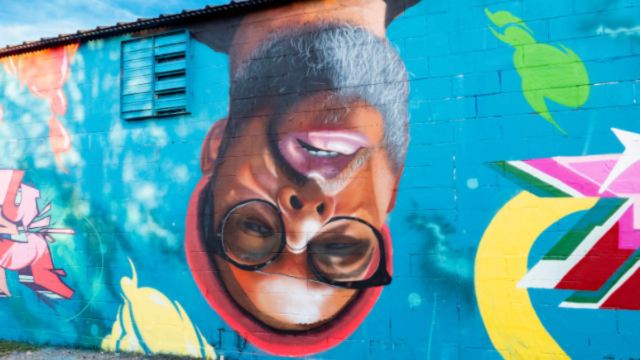
By Ayesha Hana Shaji
Texas Metro News Team
Galleries are often stuffy and can be perceived as elitist and inaccessible to the common man, according to artist Jeremy Biggers.
Biggers is a “multi-hyphenated” artist based in Dallas. Multi-hyphenated in this context, he explained, summarizes the various artistic titles he possesses that includes – painter, filmmaker, photographer and videographer.
Most galleries and museums don’t do a good enough job to make people feel welcome, Biggers said.
“They make it seem like you have to be aristocratic or rich or an artist yourself to be able to go in and enjoy those spaces,” he said. “Being able to bring high-end art to regular people [through murals] that they can walk up to, they can get as close to it as they want, they can touch it if they want to, there was definitely an appeal there for me.”
Having been raised in South Dallas where there was very little public art and barely any murals, the thought of paintings around the neighborhood intrigued him, Biggers said, adding that he still continues to enjoy those forms of art.

Seeing artwork around your neighborhood and being able to interact with it during your commute help build a relationship with the artwork and make people take ownership of the piece, he said.
“It kind of democratizes the art a little bit more so than galleries and museums do,” Biggers said.
Even though Biggers wanted to scale his pieces to larger frames, his first mural experience was one that fell onto him unexpectedly.
“It was a miscommunication,” he said.
The gallery gave him a curved wall to exhibit his work which made it impossible for him to hang his pieces. He said he did not want to lose the wall space as it was already small. So, he painted a mural of one of his smaller pieces.
“I’ve always had the itch to go bigger with my work to have that problem be presented,” Biggers said. “I finally figured out that that was the moment that I was going to make it happen.”
The process of figuring out how to execute and the reaction of people when they saw his work on such a large scale set him up to fall in love with murals, he said.
However, he believes society continues to shift to a more minimalist and simple concept, shifting the aesthetic from colorful and vibrant to beige and boring.
“Dallas goes out of its way sometimes to paint over murals just to paint the cream-colored wall for whatever reason, like I don’t know why,” Biggers said. “We love this sandy dusty brown color everywhere.”
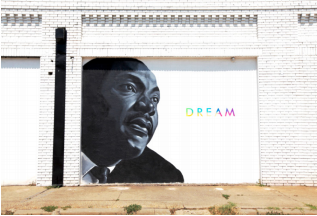
A lot of folks equate public art as tags they see under the bridges or shutdown buildings, he said. People in Texas don’t value it and want to feel “safe.”
But it’s time to change that narrative.
Art is not a luxury, he said.
Be it the chair you’re sitting on or the car you’re driving or the phone you’re holding, it’s all art.
By bringing his art out into the open and creating pieces that reflect the communities
where they are located, he is helping to bridge the gap between the art world and the common man.
Through his work, he powerfully communicates art is not just for a select few, but for everyone to enjoy and appreciate.
“If we just changed the lens in which we looked at what we considered art, I think a lot more people will be open to [the idea] that art is not this thing that’s only for rich people or the people that can ‘afford,’” Biggers said.
Ayesha Hana Shaji is a 2022 graduate of the University of Texas at Arlington, where she was on The Shorthorn staff.

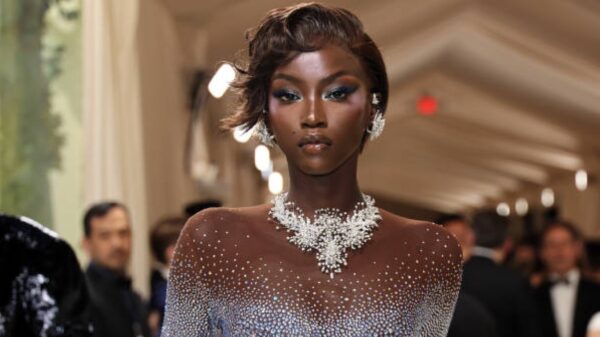

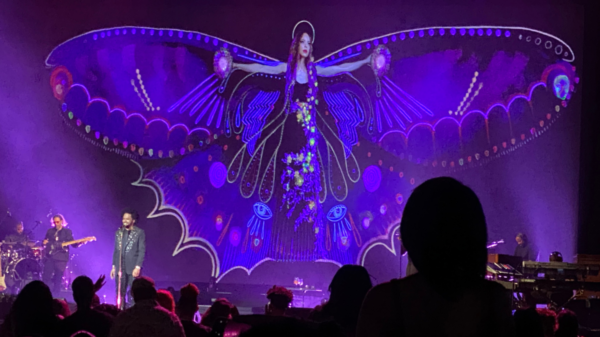
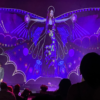
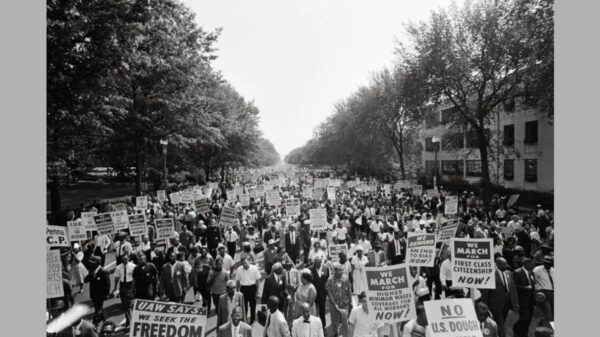

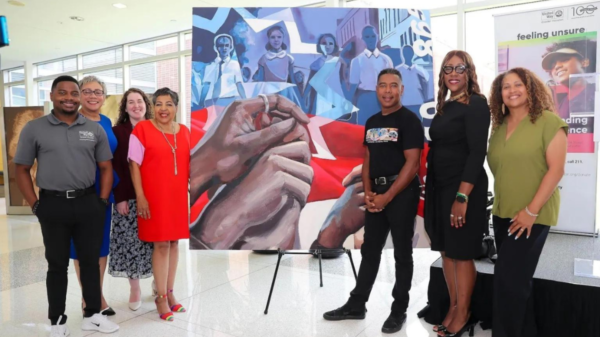

You must be logged in to post a comment Login